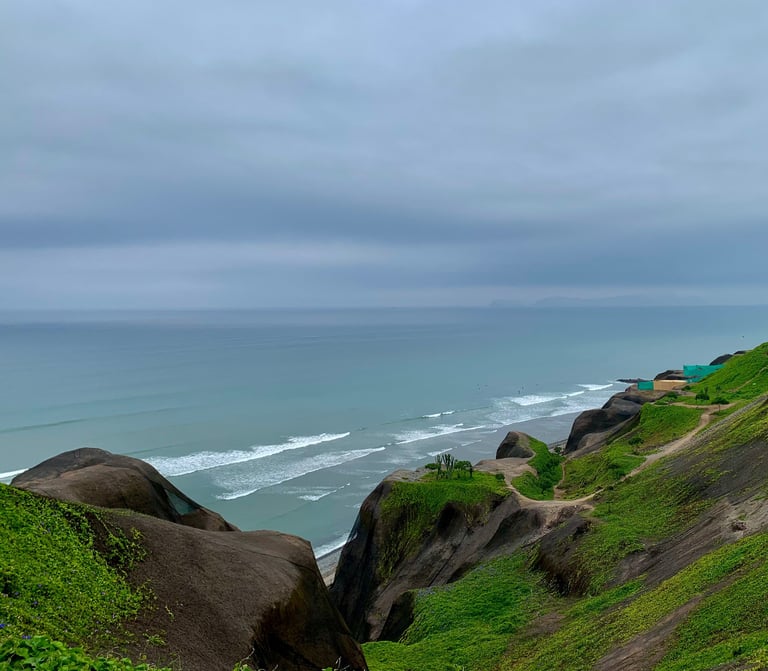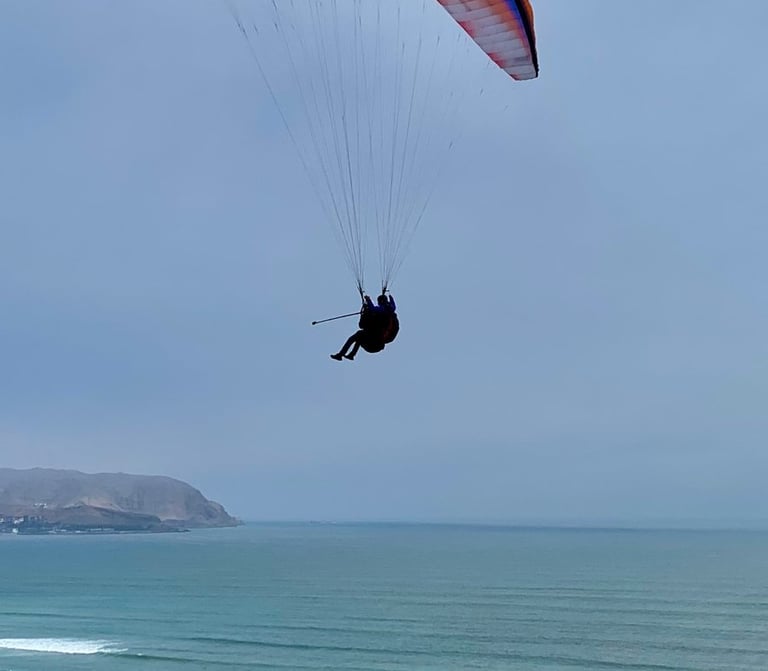Things to Know Before You Go to Lima, Peru


Lima Should Be on Your Radar (for more than just passing through to Cusco)
Lima was founded in 1535 by the Spanish and was originally named Cuidad de lo Reyes (City of Kings), and is located in a desert zone on the central coast of Peru. The city is huge and sprawling with 43 different districts and a total population of over 11 million people as the capital city of Peru. Nearly one-third of Peru's population live in Lima.
Many visitors to Peru quickly pass through Lima on their way to Cusco, but Lima is worth exploring at least a few days to really appreciate the city. Unlike Cusco (the gateway to the Sacred Valley and Machu Picchu), Lima is less about checking off bucket list sites and more about savouring the vibe in the districts of Miraflores and Barranco, and going for long walks on the cliffside boardwalk and enjoying the stunning sunsets.
Lima is also about enjoying excellent food and drink with great ambiance. You cannot leave the city without trying the delicious national dish, ceviche (raw fish marinated in lime juice and spices), or a pisco sour (cocktail made with brandy, lime juice, and egg whites), in one of the many amazing restaurants and bars found throughout the city.
And if you are a digital nomad, I think Lima is an excellent place for an extended stay. I spent an entire month in the city and really enjoyed my time.
Check out the Wander Yonder YouTube video below for a short video featuring an overview of Lima, including travel highlights and insights from my month-long stay.
The districts of Miraflores and Barranco are Generally Safe for Tourists
Although the districts of Miraflores and Barranco are generally considered to be safe, they do experience petty crime like most tourist areas. Be mindful of your belongings and surroundings at all times - and avoid doing anything that will make you a target, including wearing expensive jewellery, or flashing your expensive phone or camera, particularly while you are outside of the main tourist areas. Extra precaution should always be taken at night to avoid being alone on dark and empty streets. The historic centre of Lima is better explored during the day and avoided at night.
Traffic is very chaotic in Lima and do not expect cars to stop for you at crosswalks unless the traffic light is clearly red. Be extremely careful crossing the street. Use Uber over taxis for shorter trips - and I recommend using public transport from Miraflores or Barranco to the Historic Centre to avoid a long hair-raising Uber ride.
The Tap Water is Not Safe to Drink
Most people know the water is not safe to drink in Peru. However, many hotels and Airbnbs include drinking water as part of their services for guests through large refillable water containers or built-in water filter systems. I suggest asking if drinking water is included before you book a place - or be prepared to buy bottled water constantly.
Money Matters
The sol (S/) is the official currency in Peru but American dollars are accepted at many restaurants, bars, and hotels - though you are better off using the local currency to avoid the terrible exchange rates offered for cash dollars. Many of the local ATMs also charge very high fees ($10-12) for cash withdrawals, but I found that the ATMs labelled "MultiRed" which are connected to "Banco de la Nacion" do not charge a local withdrawal fee and allow up to 400 soles per transaction. If you use these ATMs, you only have to worry about the withdrawal fees from your own bank, if applicable. Credit cards are also widely accepted at restaurants, cafes and bars, but sometimes they add an extra 5 percent for payment by card. Cash is king in Peru.



